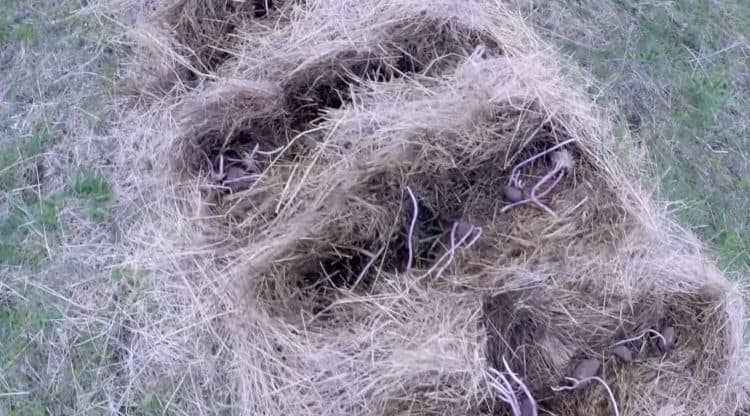1, I don't believe no-dig will necessarily improve your results - so don't call me a no-dig zealot.
2. Don't reduce the amount of compost and organic matter to the no-dig trial plot.
3. Of the classic organic books I've read - Dowding's, Fukuoka's (green manure advocate and agricultural scientist), and the regen. ag. recent farming group advocate minimal tillage. Steiner's Biodynamics predates Dowding and is sort of spiritual and artistic and yet still being used. Permaculture has become part of regen. ag. and both of them prefer to use shorter grazing times to move herds on quickly and avoid overgrazing but are not against tillage.
4. Your photos seem to show sloping soil. Must be the camera angle.
5. I spent 30 years on a hobby farm but earned most my income off farm. I did have 10,000 strawbs which I sold locally but was wiped out when one of the big farmers managed to successfully grow and harvest half a million strawbs.
During this time, I took my soil to be tested to the agric. college and - they fumigated it! Even back in the eighties I was smart enough to know that the life in the soil was its fertility. Never again! The ridiculous analysis of dead minerals and salts was of no use.
6. Your brilliant use of cow peas, alfalfa and sun hemp is awesome.
2. Don't reduce the amount of compost and organic matter to the no-dig trial plot.
3. Of the classic organic books I've read - Dowding's, Fukuoka's (green manure advocate and agricultural scientist), and the regen. ag. recent farming group advocate minimal tillage. Steiner's Biodynamics predates Dowding and is sort of spiritual and artistic and yet still being used. Permaculture has become part of regen. ag. and both of them prefer to use shorter grazing times to move herds on quickly and avoid overgrazing but are not against tillage.
4. Your photos seem to show sloping soil. Must be the camera angle.
5. I spent 30 years on a hobby farm but earned most my income off farm. I did have 10,000 strawbs which I sold locally but was wiped out when one of the big farmers managed to successfully grow and harvest half a million strawbs.
During this time, I took my soil to be tested to the agric. college and - they fumigated it! Even back in the eighties I was smart enough to know that the life in the soil was its fertility. Never again! The ridiculous analysis of dead minerals and salts was of no use.
6. Your brilliant use of cow peas, alfalfa and sun hemp is awesome.





